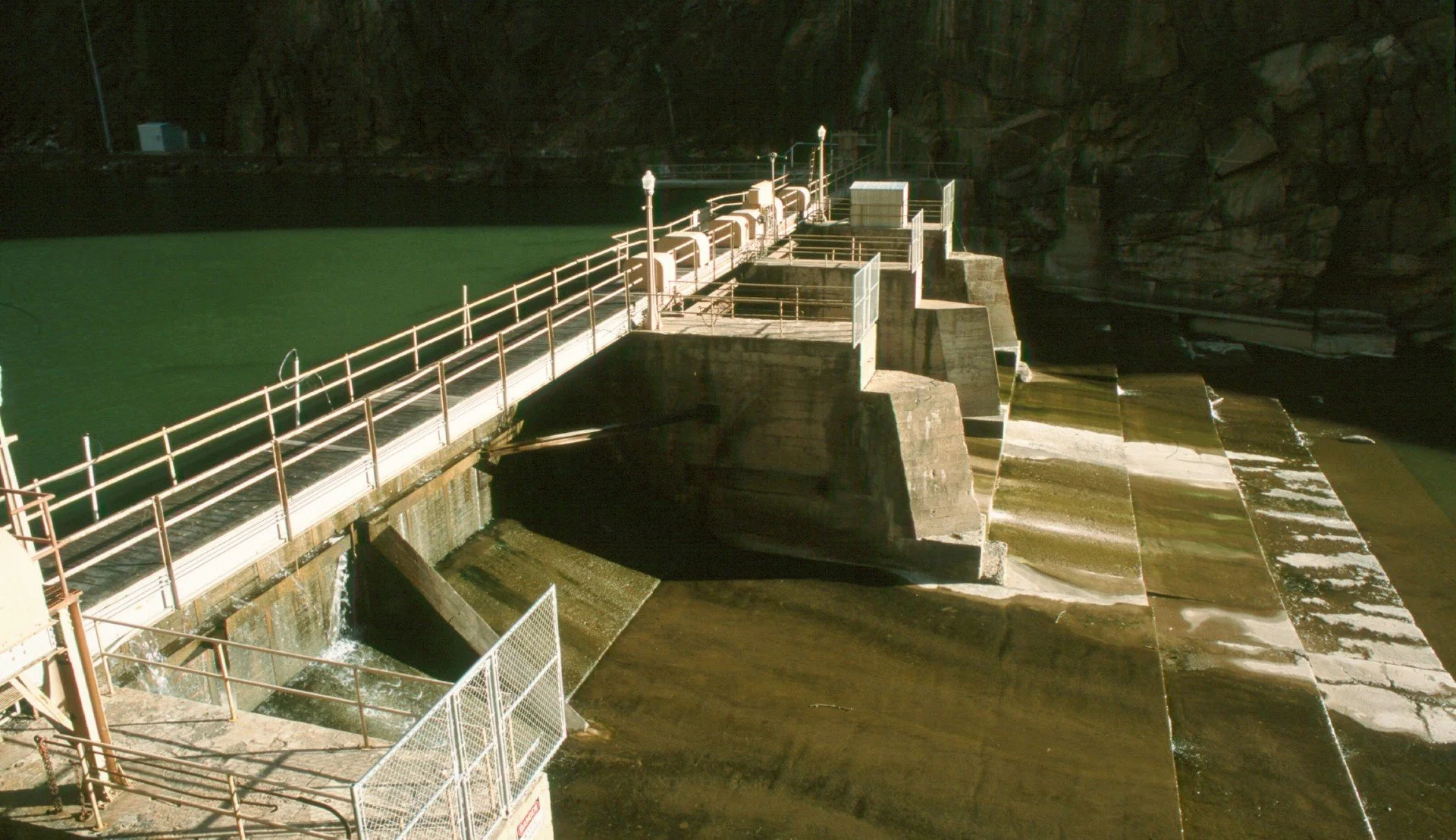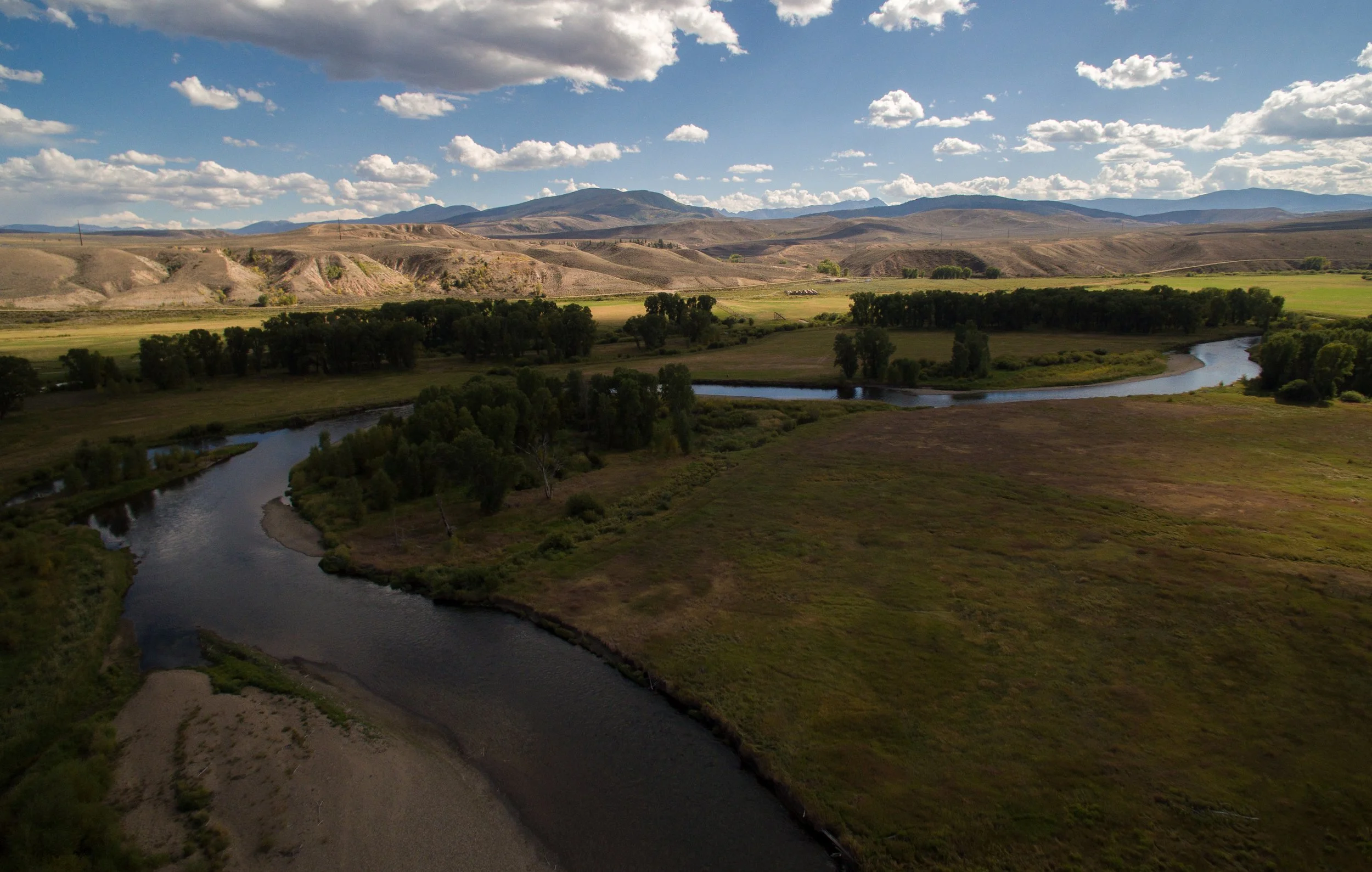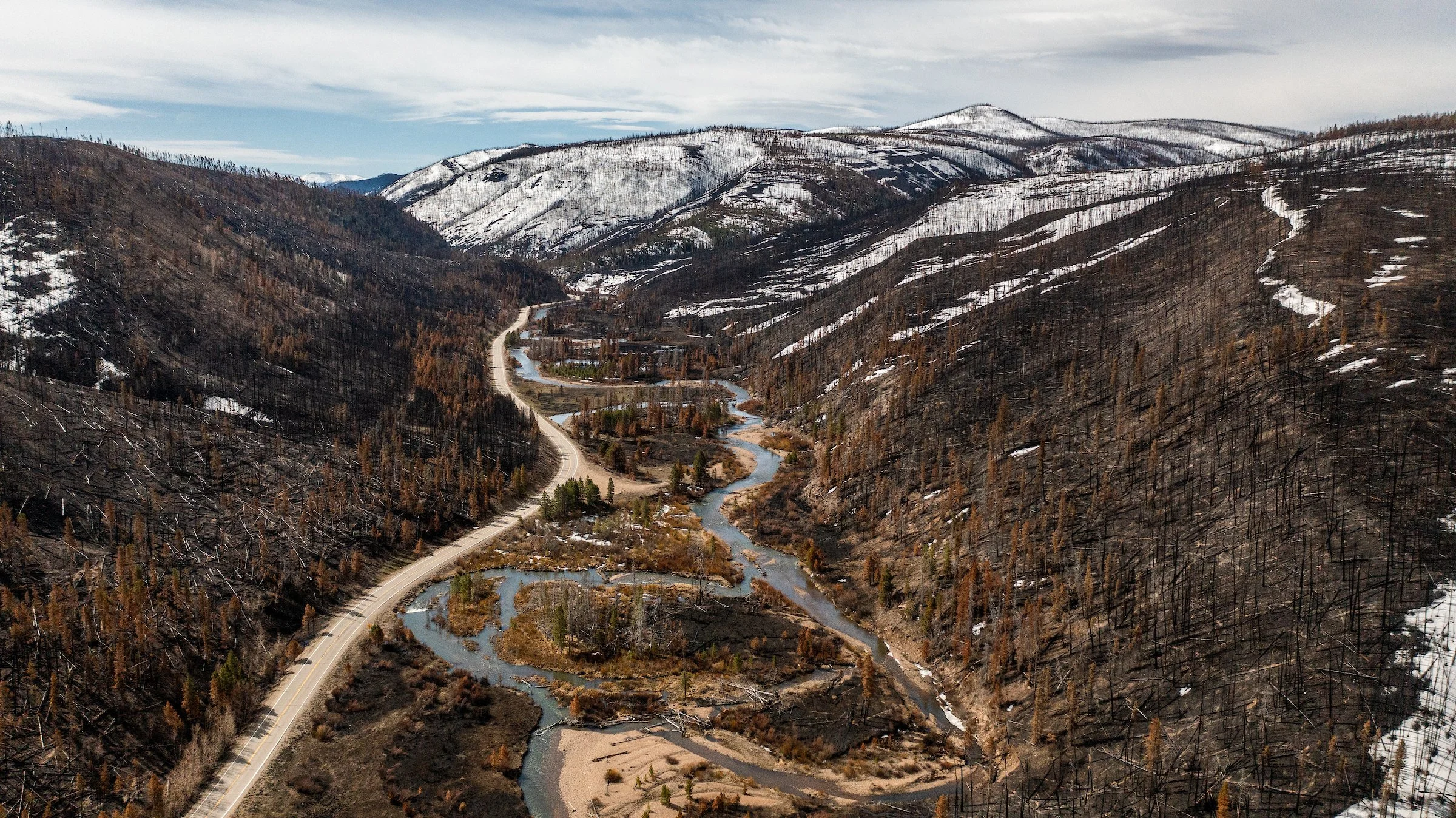Kendrick Neubecker, Vice-President, Colorado Trout UnlimitedTestifying on behalf of Colorado Trout Unlimited, Colorado Wildlife Federation, Colorado Mountain Club
Thank you for this opportunity to testify. I am here today to request that Congress deny funding for the Bureau of Land Management’s (BLM) program to lease critical fish and wildlife habitat in Colorado for oil and gas drilling over the objections of the local community, sportsmen, and outfitters. This request specifically applies to a place known as the Roan Plateau in Northwest Colorado.
Northwestern Colorado and Northeastern Utah, as with other areas in the inter-mountain west, have experienced unprecedented energy development in the past few years. This development is proceeding at an extremely rapid pace, causing equally unprecedented impacts and pressures to the communities, economies and landscapes of the region. The Northwestern part of my state is, or was, one of the more remote and quiet areas of Colorado and the west. No more. Local towns are straining under the tremendous influx of workers and related industrial activity. Ranches and many smaller properties are being torn apart. The wildlife, rivers and streams, and the whole landscapes which were the economic foundation, and which the region will need to depend on again after this energy boom goes bust, are being savaged by the single minded pursuit of energy at all costs. The pleas of landowners, businesses and local officials are being routinely disregarded and outright ignored by both the BLM and much of the industry.
In the past few years the BLM and Forest Service have opened thousands of square miles of public lands to energy leasing and development. Many thousands of wells have been drilled. Tens of thousands more are planned for leasing and drilling in the next few years.
I would like to make it clear that we are not categorically opposed to the development of domestic energy supplies, just to the single minded approach that is being taken that disregards all other values and uses of our public lands. We feel that there are some places whose special values outweigh the need to sacrifice them to the booming frenzy of energy development. Places like the Roan Plateau.
Drill pads and wells are not the only thing riding roughshod across this landscape. Hundreds of miles of new roads and pipeline corridors, compressor stations, man-camps and the other infrastructure of this development are being built with abandon. Piceance Creek Road, a once scenic little county road with a few ranch trucks and lost tourists now carries as much traffic as any major highway in a large urban industrial zone. Indeed, that is what formerly rural and isolated northwest Colorado is rapidly becoming. The deer and the antelope no longer play, they run for their lives.
In the midst of this energy development frenzy the Roan Plateau has been an island of refuge, until now. The Roan Plateau lies atop some of the most dramatic cliff scenery in Colorado. The Roan Plateau comprises a very small area by comparison to the rest of the public and private lands being thrown open in this overarching quest for energy development.
Within this small area are some of the singularly most remarkable and unique natural creations in Colorado. There is an abundance of deer and elk that spend summers on top of the Roan Plateau and for whom the cliff areas along the southern and eastern sides of the plateau provide essential winter range. The top is a mix of rolling grassland, aspen and spruce forests and unique hanging gardens. In three of the streams exists five very rare conservation populations of Colorado River Cutthroat Trout. (A conservation population is defined as a reproducing and recruiting population of native cutthroat trout that is managed to preserve the historical genome and/or unique genetic, ecologic and/or behavioral characteristics within a specific population and within geographical units. Three of these populations are 90% pure; two are 99% pure Colorado River Cutthroat trout). On the western side these same streams tumble from the Roan as two of the highest waterfalls in Colorado.
In August of 2002 the BLM itself published a report; Roan Plateau: Evaluation of Proposed Areas of Critical Environmental Concern, which, for a government report, fairly gushes with enthusiasm for the natural features of the Roan Plateau.
For the Roan Cliffs area this report states that “…most importantly, the unroaded nature of the area provides a seclusion/security component among various habitat types that is important to many wildlife species. This area provides transitional and winter range for big game and is one of the few areas where migration corridors exist from the top of the Roan Cliffs to the lower slopes.” “The entire area…is critical to mule deer during severe winters…”
As for Trapper, Northwater and East Fork Parachute Creeks, home to the five conservation species of Colorado River Cutthroat trout, the report states unequivocally that “The BLM considers the entire watershed(s) in which these fish reside to be important to the long term functionality of vital ecosystem processes which maintain upland and stream habitats important to these fish.” The report further states that “Conservation populations are important in the overall conservation of the species and are given the highest priority for management and protection. These populations are unique and irreplaceable.”
The East Fork Parachute Creek watershed also contains hanging garden seeps, with rare populations of various plant species, including ones listed as “BLM Sensitive”. The Report also notes that this watershed meets the criteria for a Wilderness Study Area (WSA). Indeed, the BLM found that 19,322 acres within the planning area have wilderness characteristics, yet has so far specifically precluded protection of these characteristics.
A month later, in September 2002, the BLM released the Roan Plateau Eligibility Report for the National Wild and Scenic Rivers System. This report had similar findings to the previous ACEC report. It found Trapper and Northwater Creeks, East Fork of Parachute Creek, JQS Gulch, Golden Castle Creek, First and Second Anvil Creeks, and East Middle Fork Parachute Creek all eligible and given preliminary classification for Wild & Scenic designation. The report then clearly states that “When a river segment is determined to be eligible and given a preliminary classification, its identified outstandingly remarkable values shall be afforded adequate protection, subject to valid existing rights, and until the eligibility determination is superseded, management activities and authorized uses shall not be allowed to adversely affect either eligibility or the tentative classification from a wild area to a scenic area or a scenic area to a recreational river area.” This means management protection from loss of the Outstanding Remarkable Values which make it eligible for designation in the first place.
Despite the unparalleled fish and wildlife habitat and scenic qualities of the Roan, the BLM has been moving forward with a plan to lease the area for oil and gas drilling. In August of last year, they released their Final Resource Management Plan Amendment and Environmental Impact Statement for the Roan Plateau Planning Area.
The Final Plan calls for a phased approach to the drilling activity and states that development will only disturb “at any one time … 350 acres, representing approximately 1% of the BLM lands on top of the plateau.” This sounds well and good, but is very deceptive. The impacts caused by habitat fragmentation will cover a far larger area when you consider the road and pipeline network as well as the “clustered” drilling facilities. As a Wyoming Wildlife Biologist stated in 2002 about the activities in his state, “Think of the road network as a spiderweb. Crush the spiderweb and roll it into a ball and it’s statistically insignificant, but fully extended it controls and dominates its entire area. It’s the area of influence that matters, not the actual areas consumed.” By the time all six phases have been completed the top of the Roan Plateau will look like any of the other gas fields. This is simply a delayed death, an execution by degrees rather than all at once.
The Final report is also deceptive in some of its most critical language. Take for example the stipulations of No Surface Occupancy/No Ground Disturbance (NSO/NGD). These stipulations are offered as prescriptions that will be used to protect sensitive areas on the Roan. But they do not really mean what they say. NSO and NGD mean that no permanent occupation or disturbance can occur for longer than two years. Roads and other facilities can be built, grading and wholesale re-arrangement of the landscape can occur, but if any structures are removed and the land is “re-claimed” it will be regarded by the BLM as if nothing at all had ever happened. This is patently absurd and outrageous. During that time a single accidental spill could wipe out an entire population of “unique and irreplaceable” trout. That, by any definition, is a “disturbance”.
Beyond this, the stipulations and prescriptions provided as means for protecting the “unique and irreplaceable” features defined in the BLM’s earlier reports are all subject to administrative review. They can be modified or even completely suspended at the request of the lessee. This is hardly protection. Water quality monitoring in particular is a stated “stipulation” that the BLM has been reluctant to require.
At the very end of the report the BLM concludes that regarding fish and wildlife resources, “Some areas of high quality wildlife habitat would be lost or permanently altered during construction of roads and oil and gas wells, and other ground disturbing activities.” The largely meaningless special stipulations are then cited as protections and “would be implemented to reduce these losses. However, any unavoidable losses would be essentially permanent, even with the best currently available restoration technology, because of the long time period (many decades to centuries) required to restore the natural assemblages of species, plant-soil and plant-animal interactions, and ecosystem functioning that make specific resource areas unique. Some of these impacts could never be reversed, especially that eliminate genetically unique resources represented by populations of rare or disjunct species such as genetically pure Colorado River cutthroat trout.”
BLM is ignoring their own commitment made to the recovery of these trout in the Conservation Agreement and Strategy for Colorado River Cutthroat Trout, in the States of Colorado, Utah and Wyoming. This plan was developed as an alternative to listing the Colorado River Cutthroat trout under the Endangered Species Act. Trout Unlimited has supported this so far successful interagency approach in lieu of listing. TU may have to reconsider this position, especially for populations under the “protection” of the BLM.
The recommendation from this same agency four years earlier to “give the highest priority for management and protection” of these “unique and irreplaceable” populations are thrown out. The Final Report of August 2006 clearly shows that the concerns and wishes of the local citizens are meaningless. This small island of the Roan Plateau, a very special and unique place by the BLM’s own admission, is to be rolled over and become just another sacrificed landscape to the myopic and rapacious pursuit of energy. The BLM has ignored all of their other responsibilities as stewards of public lands and focused on this single management prescription, trading its historic multiple use approach in favor of this single myopic dominant use.
The local communities and economy depend heavily on places like the Roan Plateau for the hunting, fishing and recreation economies that they provide. Once the wells are drilled and the pipelines are built we will be left holding the bag called “Bust” once again. We need to truly protect and preserve places like the Roan Plateau and restore some small semblance of economic balance to the area.
The BLM is considering leasing areas on the Roan Plateau as early as this year. They have given no response yet to the various protest letters and objections from the many organizations, citizens and local governments in the area. At this point there has been no public discussion of the Final Resource Management Plan, a plan very different from the original alternatives put forth for public review and comment.
While this issue should ultimately be debated in the Natural Resources Committee, there is not time for Congress to weigh in short of a funding limitation. We respectfully ask that Congress deny the BLM funding for any leasing activity that may be proposed for the Roan Plateau. A funding limitation will provide the necessary “time out” to adequately consider the resources at stake, the community concerns, and a reasonable path forward. It will prevent the BLM from making irreversible commitments before any meaningful public and Congressional engagement on this Final Resource Management Plan and the unique resources of the Roan Plateau can occur. Review of the Final Plan, which was completely different from any of the proposed alternatives, requires this. Given this time Congress will be able to adequately consider appropriate legislation for the protection of the Roan Plateau.
Again, thank you for this opportunity to testify and for listening to the concerns of a broad spectrum of people and communities in northwest Colorado, and Colorado as a whole.








